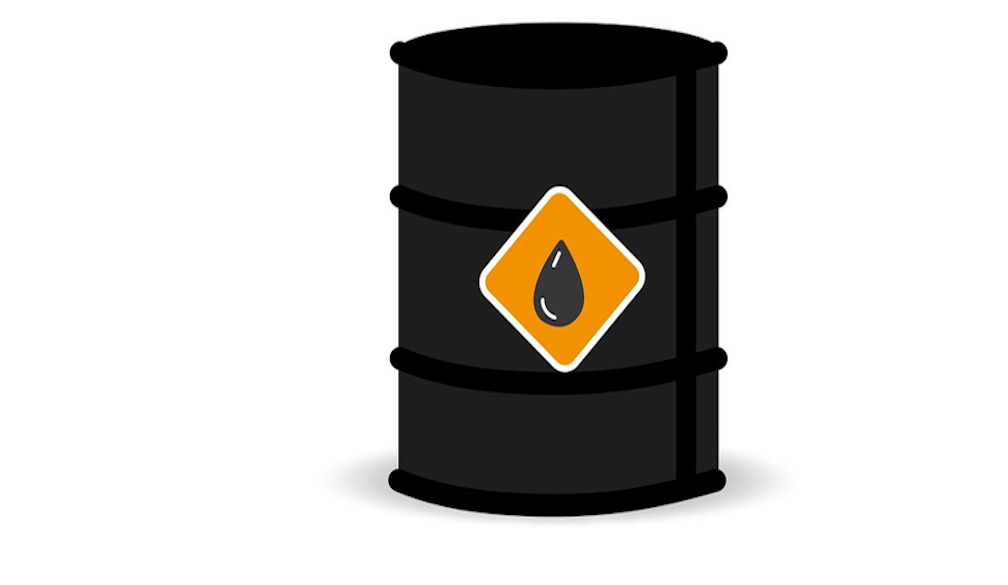Types of Crude Oil

Crude oil is the lifeblood of modern society, fueling everything from vehicles to power systems. But did you know that there are different types of crude oil? Understanding these variations is crucial for investors, policymakers, and consumers alike. In this article, we will explore the different types of crude oil and their unique characteristics.
Understanding the Composition of Crude Oil
Crude oil is a complex mixture of hydrocarbons, which are organic compounds made up of hydrogen and carbon atoms. The composition of crude oil varies depending on its source and the geological conditions under which it was formed. The main components of crude oil are alkanes, cycloalkanes, aromatic hydrocarbons, and small amounts of sulfur, nitrogen, and oxygen compounds.
The properties of crude oil, such as its density, viscosity, and sulfur content, determine its classification and suitability for different purposes. Crude oil is classified based on its gravity, which is a measure of its density compared to that of water. Light crude oil has a lower density, while heavy crude oil has a higher density.
Different Types of Crude Oil
Light Crude Oil
Light crude oil is characterized by its low density and low viscosity, which means it flows more easily compared to heavy crude oil. This type of crude oil contains a higher proportion of small hydrocarbon molecules, making it easier to refine into gasoline, diesel, and other petroleum products. Brent Crude, extracted from the North Sea, is one of the most well-known and widely traded types of light crude oil. Its low sulfur content and high quality make it suitable for refining into gasoline.
Heavy Crude Oil
In contrast to light crude oil, heavy crude oil has a higher density and viscosity, making it thicker and more difficult to flow. It contains a higher proportion of large hydrocarbon molecules and impurities such as sulfur and metals. Heavy crude oil requires more complex refining processes to convert it into usable products. One example of heavy crude oil is the Canadian oil sands, which contain bitumen, a thick, tar-like substance that requires extensive processing to extract and refine.
Sweet Crude Oil
Sweet crude oil has a low sulfur content, typically less than 0.5%. It is referred to as "sweet" because it lacks the sour smell associated with higher sulfur content. Sweet crude oil is easier to refine and produces fewer pollutants when burned. West Texas Intermediate (WTI) is a well-known benchmark for sweet crude oil, extracted from the United States. Its high quality and low sulfur content make it highly desirable for refining into gasoline.
Sour Crude Oil
Sour crude oil contains a higher sulfur content, typically above 0.5%. It has a distinct sour odor due to the presence of sulfur compounds. Sour crude oil requires more intensive refining processes to remove the sulfur and other impurities. Dubai Crude, produced in the Middle East, is an example of sour crude oil. Its high sulfur content makes it less desirable for refining into gasoline without additional processing.
Crude oil is a vital energy resource that plays a significant role in various industries. There are several types of crude oil, each with its own unique characteristics and properties. One type of crude oil is known as light sweet crude, which is characterized by its low density and sulfur content. This type of oil is highly desirable as it requires less refining, making it easier to extract and process. Another type is heavy sour crude, which has a higher density and sulfur content. This type of oil requires more refining and is often used for fuel production. There are also intermediate crude oils that fall between the two extremes. To learn more about the different types of crude oil and their applications, click here to visit the website.
Differences Between Types of Crude Oil
The different types of crude oil vary in their composition, density, viscosity, and sulfur content. Light crude oil is easier to refine and is ideal for producing gasoline and other high-value petroleum products. Heavy crude oil, while more difficult to refine, can still be processed into usable products with the right technologies. Sweet crude oil has lower sulfur content and is environmentally preferable, while sour crude oil requires additional refining to meet environmental standards.
Global Distribution of Crude Oil Types
Crude oil is found in different parts of the world, and the distribution of different types of crude oil varies. For example, Brent Crude is extracted from the North Sea, while WTI comes from the United States. The Middle East is known for producing both sweet and sour crude oil, with Saudi Arabia being a major exporter. Other countries, such as Canada and Venezuela, have vast reserves of heavy crude oil.
The global distribution of crude oil types affects oil prices and trade dynamics. The availability and quality of crude oil in different regions influence the market prices and the refining capacities of countries. Understanding the global distribution of crude oil types is essential for energy policymakers and investors to make informed decisions.
Conclusion: Importance of Understanding Crude Oil Types
In conclusion, the different types of crude oil have distinct characteristics that make them suitable for different purposes. Light crude oil is easier to refine, while heavy crude oil requires more complex processing. Sweet crude oil has lower sulfur content and is environmentally preferable, while sour crude oil requires additional refining. Understanding the composition and properties of crude oil is crucial for investors, policymakers, and consumers to make informed decisions regarding energy resources and prices. By understanding the different types of crude oil, stakeholders can navigate the complex world of oil markets and ensure sustainable energy practices for the future.
This blog article provides an in-depth exploration of the various types of crude oil, their unique characteristics, and the importance of understanding them in the context of energy markets. From light crude oil to heavy crude oil, sweet crude oil to sour crude oil, readers gain valuable insights into the composition, distribution, and refining processes associated with different crude oil types. Whether you're an investor, policymaker, or consumer, this article equips you with the knowledge needed to navigate the dynamic world of crude oil.







